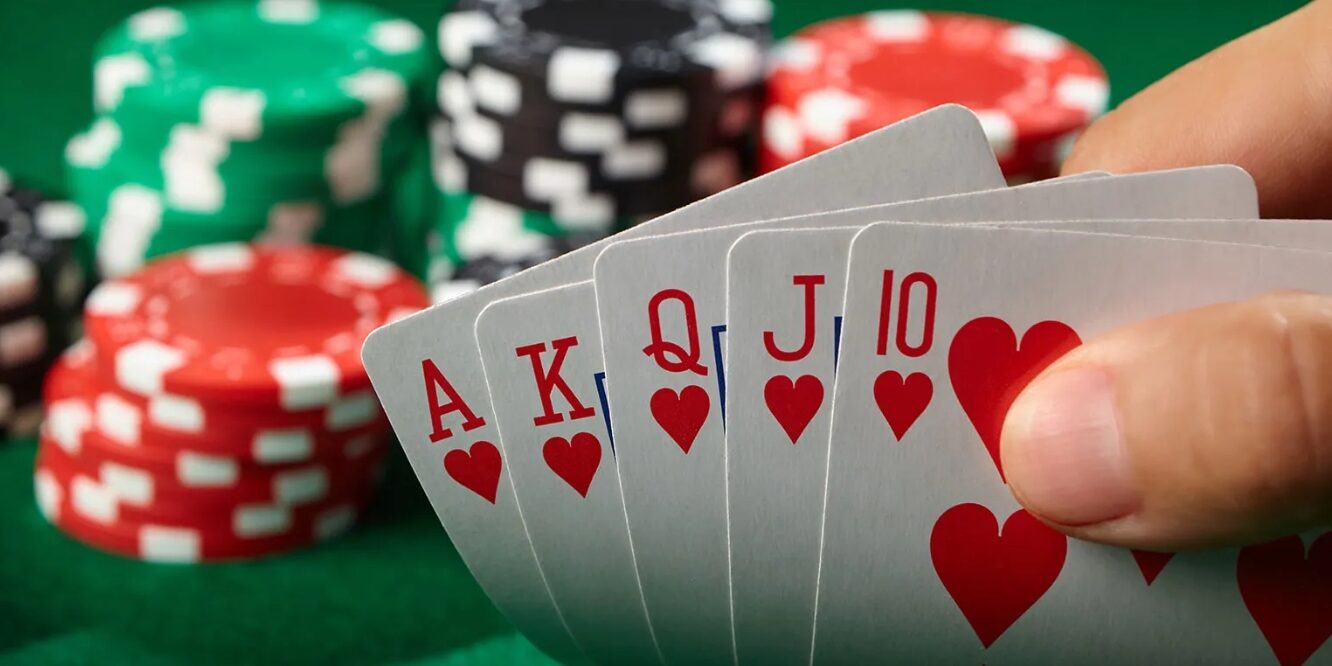Some Interesting Background Information About Card Games
Some Interesting Background Information About Card Games
Blog Article

Card games, games played or gambled (or both), with one or more decks of cards. Games using playing cards take advantage of the fact that cards can be individually identified from only one side. So each player knows only the cards he has, not the cards held by others.
For this reason, card games are often described as games of chance or “imperfect information”. Unlike strategy games or “perfect information”. Where all players have full visibility of the current position throughout the game. However, this characterization is insufficient. For example, in Backgammon In dice games, the starting positions are predetermined and equal. And all subsequent moves are known to both players. What constitutes their information imperfect is the unpredictability of future dice rolls. Dice games are therefore games of future imperfect information. Since any strategic skill they bring must be based on an assessment of future events. Which primarily through the mathematics of probability theory. In contrast, the element of chance in card games is the result of shuffling the cards to randomize their initial distribution before playing. Thereafter, skilled play consists largely of determining the distribution of cards by observation. Which, depending on the game, may include observing the bids, discards, and tricks of the players. Card games are therefore games of “past imperfect information.” Or more importantly, of increasing information. This is not to say that all card games are intellectual, or even require much skill. Even in card games, all cards are played face-to-face, especially the variety of cards. Which makes them games of perfect information.
Origins
Inherent evidence suggests that a game of pick, without any special suit, or trump as well as poker, reached Europe in the 14th century. Probably as a result of a passage through the Islamic world. The earliest game known by the name – Karnöffel was played in Germany in 1428, but certain randomly chosen suits had cards with varying degrees of advantage. Trump suits were a European invention (see Tarot games), as was the idea of bidding to select a trump suit (see ombre). Gambling games of the Points or Blackjack type. Well known from the 15th century, probably came from dice games. Since they ignored any distinction between suits. Gambling games of the Vying or Poker type were well known from the 16th century. As was Noddy, the ancestor of Cribbage. Many so-called children’s games, such as Beggar-my-neighbour and Old Maid. Also known from the 16th century. , derived from old drinking and gambling games. Other families of games, especially non-itinerant games. Arrived in Europe from the Far East. Especially China. They include the Casino family (17th century), the Rummy family (19th century). Possibly derived from Mah-Jongg, and the President family (20th century).
Characteristics
1. The popularity of game cards as game material stems from a unique combination of characteristics:
2. Cards are small, easily portable, and visually attractive.
3. Cards lend themselves easily to the development of many different games as well as variations within a given game that suit different skills and temperaments.
4. Games can be found that suit any particular number of players from one to twelve. They also offer the option of playing against individuals, in fixed partnerships (as in Bridge), or in ad hoc partnerships from deal to deal (as in Solo Whist and Call-Ace Euchre).
5. Card games are often quick, involving many deals that last only a few minutes. This favors quick wit, provides frequent opportunities for verbal socializing (between deals), and, for gamblers, promotes rapid reversals of fortune.
6. They generate more points than a simple “win prize”.
Classification
Most Western card games are trick games, in which each player plays a card on the table, and whoever plays the best card wins. The cards form a trick, which the winner places on the pile and then plays the first card of the next trick. The best card is usually the highest-ranking card of the same suit as the card led, that is, the same suit as the first trick. Anyone who fails to follow the card led cannot win the trick, no matter how high the card. Winning a trick is doubly advantageous, because the player who wins the trick not only gets the material, but also gets to choose the next step. A player who leads a suit that no one can follow (because no one else has any suit left) wins.
(1)
Simple game. The object is to win as many tricks as possible (such as Whist or Spades), or at least as many as the number of bids (Bridge, Euchre) or (rarely) Tricks Bid (Oh, hell!, Ninety-nine).
(2)
Trick game. The object is to win the highest value of the scoring cards included in the trick. Skat, all four, tarot card game.
(3)
Games to avoid tricks. To avoid winning tricks with penalty cards included in the trick (hearts) or winning any trick at all (misère).
(4)
Trick-or-treat games. To make melds (card combinations) in addition to winning tricks or card points included in the trick ( Piquet , Bezique , Pinochle , 66 ).
(5)
Capture games. The aim is to collect or capture cards by other means (Casino, Jack, Gops, Snap, Beggar my-neighbour, Battle). Many – but never children’s games.
(6)
Addition games. The face value of the cards played on the table keeps a running total, the aim is to make or avoid getting a certain total. Cribbage is the most complex example, also including card combinations.
(7)
Shedding games. The aim is either to be the first to play all of their cards (Crazy Eights, Michigan, Newmarket, President), or to avoid being the last player with a card or cards left in hand (Old Maid).